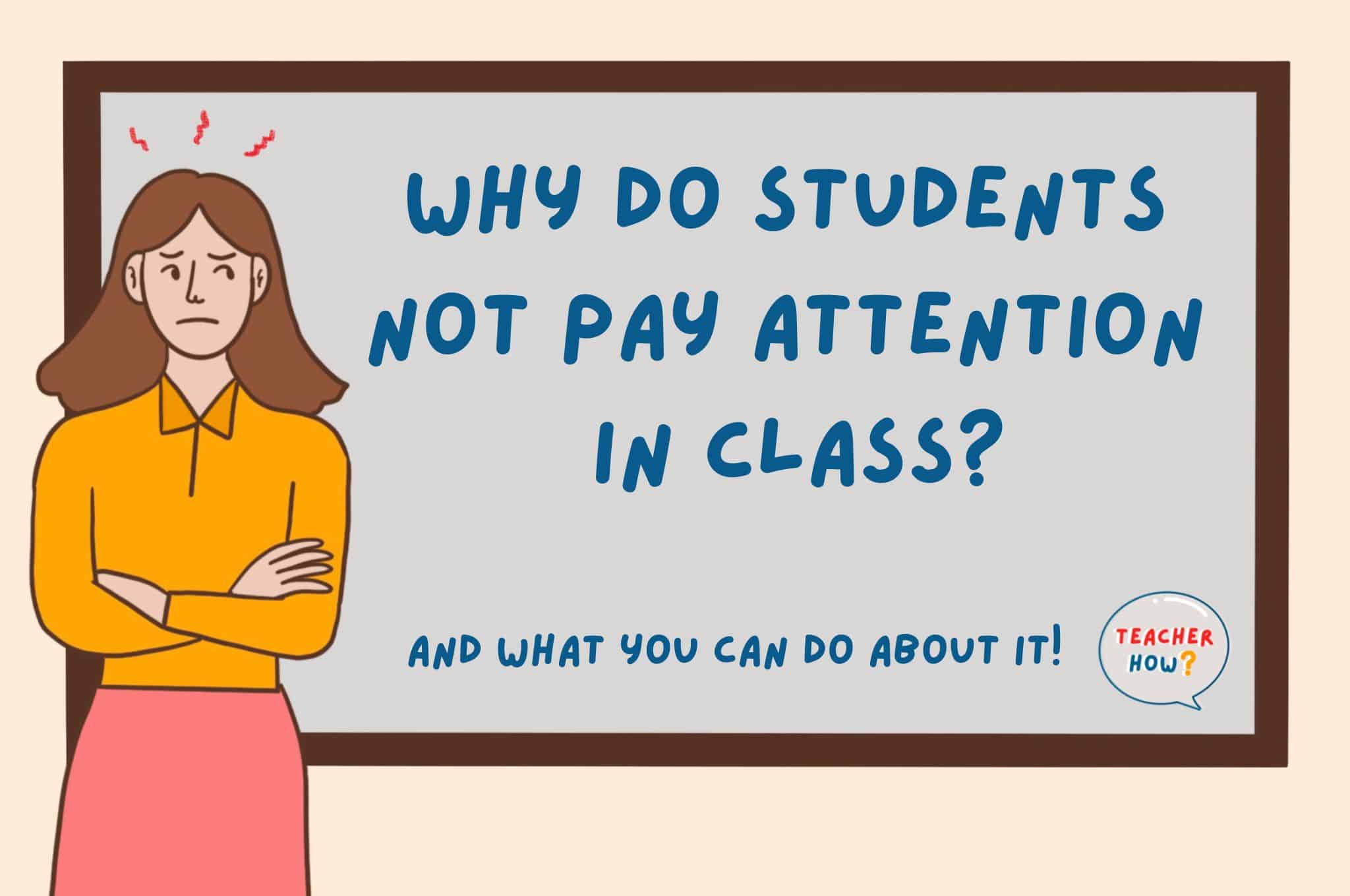Most teachers would tell you that they find teaching to be immensely exciting and rewarding. Yet, that is not to say that it’s all smooth sailing. One of the biggest frustrations teachers face is when students are not engaged in the lesson, but the question is; why? What divides students’ attention?
Students don’t pay attention in class because they lack focus, sleep, motivation, or are worried about failing. Unstructured and disengaging lessons may also cause them to lose interest. Furthermore, personal problems can distract some students and make them feel disconnected from their studies.
This article will explain these points in great detail to give you a complete understanding of why students don’t pay attention in class. Then, I will outline some effective responses on what you can do to address the problem. Keep reading.
Reasons Students Don’t Pay Attention in Class
Every student has experienced a time when they lacked attentiveness during a lesson. There are various reasons this may occur, and a teacher should strive to recognize what’s causing a student to lose attention. Here are possible reasons:
Student Is Easily Distracted
A classroom is filled with colorful displays, interactive resources, and a vast array of information floating around. Add 20-30 other students into the mix, and there’s no wonder a student might struggle to give their undivided attention to the teacher.
The people around a particular student will often influence how engaged they are with the lesson. A student who is seated in close proximity to their friends is more likely to get distracted. For instance, if their friends are whispering about an incident in the playground while a teacher is explaining the difference between independent and dependent clauses, which interaction do you think the student is more engaged with?
It’s not just conversations that might be distracting. The items found around a student can also consume their attention. Things like stationery, resources, and furniture can be tempting to touch and explore instead of paying attention to the teacher.
Additionally, movements and sounds from outside are a real test for easily distracted students. If a classroom has windows or is not very good at keeping out external noise, the attention of some students will often be diverted to what is happening outside.

The key is to minimize distractions as much as possible, especially for students who find it harder to concentrate. Luckily, there are steps a teacher can take to address this issue. Keep reading to find out.
Lesson Is Not Engaging
Your main priority as a teacher is to educate your students, often by following a predetermined curriculum or framework. How you educate them becomes more ambiguous and harder to gauge.
If a student finds a lesson boring or irrelevant, no doubt they will struggle to pay attention in class. What’s worse, they may find other means to occupy their time and distract the rest of their peers from concentrating.
Too often, a teacher would have their lesson reasonably well prepared and with the best intentions, but halfway in, they notice that their students have switched off. This can be irritating and discouraging for the teacher, who may respond adversely to students.
However, it’s unfair to direct your frustrations toward students if the lesson is not engaging enough. Instead, follow some easy-to-implement suggestions to boost engagement, and you’ll soon find that your students are paying more attention in class.
Fear of Failing
You may have experienced an instance where a very capable student’s grades unexpectedly start to drop. The leading cause for this is often linked to the anxiety of failure.
Such students try to meet the high expectations their parents, teachers, and even they set themselves, carrying an unmanageable amount of pressure.
This pressure will constantly be on the student’s mind, so even if they are trying hard to pay attention in class, the anxiety makes it difficult for them to concentrate.
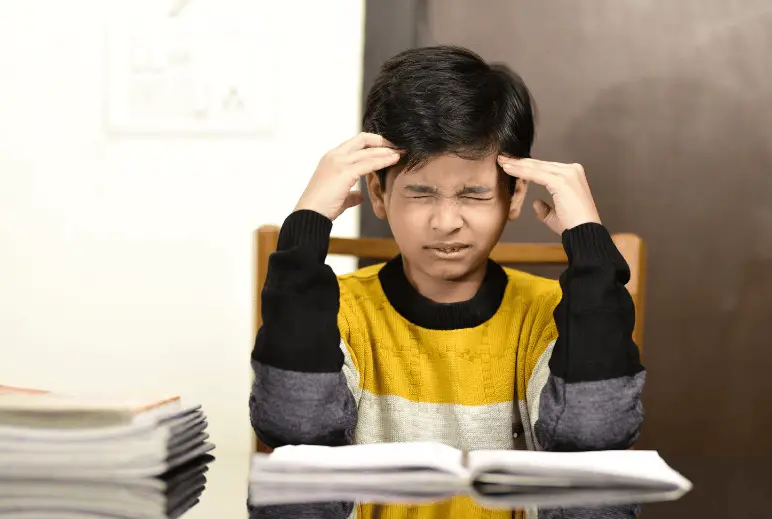
Especially when an assignment or test is fast approaching, some students may be so consumed by the anxiety that they start exhibiting unusual behavior. Keep an eye out for students who are acting more callous, short-tempered, reserved, or disorganized than usual.
As a teacher, do not take their lack of focus in your lessons personally. In fact, this could add fuel to the fire, with the student feeling even worse than before.
Lack of Sleep
The importance of sleep is very well documented. Good quality sleep ensures that we are well rested and rejuvenated for the next day. As you might imagine, a lack of sleep has adverse effects on our health and wellbeing.
For students, sleep influences academic success and general performance at school, especially when it comes to boosting memory and focus. The video below explains how:
Students who are missing out on quality sleep, for whatever reason, will feel mentally and physically tired. As a result, they will not be able to pay attention in class, however hard they try.

Personal Issues
We all experience personal difficulties throughout our lives, and children are no different. As hard as parents and teachers may try to protect them from distressing experiences, sometimes it’s unavoidable.
Family problems, bullying, or relationship issues can play on a student’s mind without anyone knowing. For example, witnessing parents arguing can leave children shocked and devastated. It can also severely interrupt their routine if there is instability and inconsistency at home.
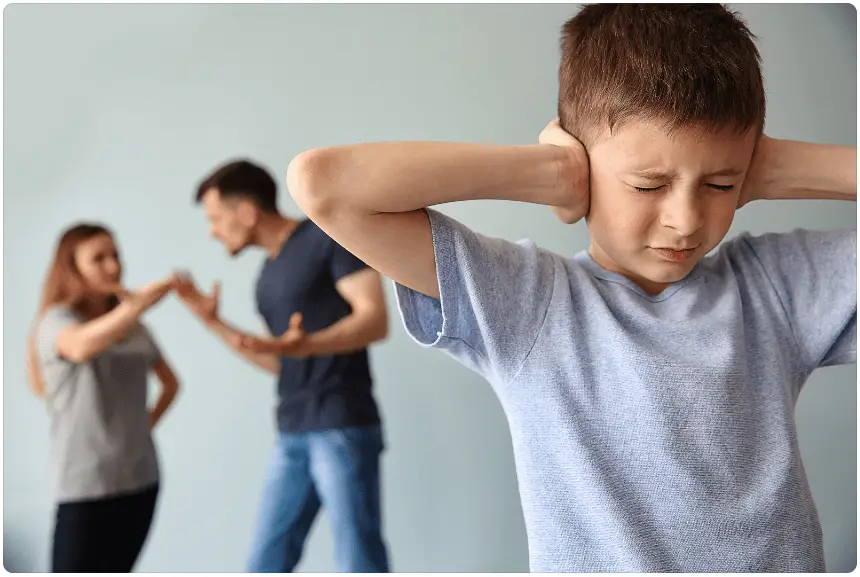
Bullying is another issue that students often keep to themselves. A student who is a victim of verbal or physical bullying might be too scared to report it. Instead, they carry the burden and anxiety around with them, including to class. So, as the teacher is delivering the lesson, the student cannot think about anything other than distress and misery.
Student Has Special Educational Needs
The field of educational psychology and therapy has advanced over the years. Our understanding of the obstacles and challenges faced by some students has significantly improved, as we are now better equipped to support them.
Special educational needs and disabilities (SEND) can make it harder for a student to progress at school when compared to their peers.
SEND encompasses a wide range of learning, language, emotional, social, and physical difficulties.
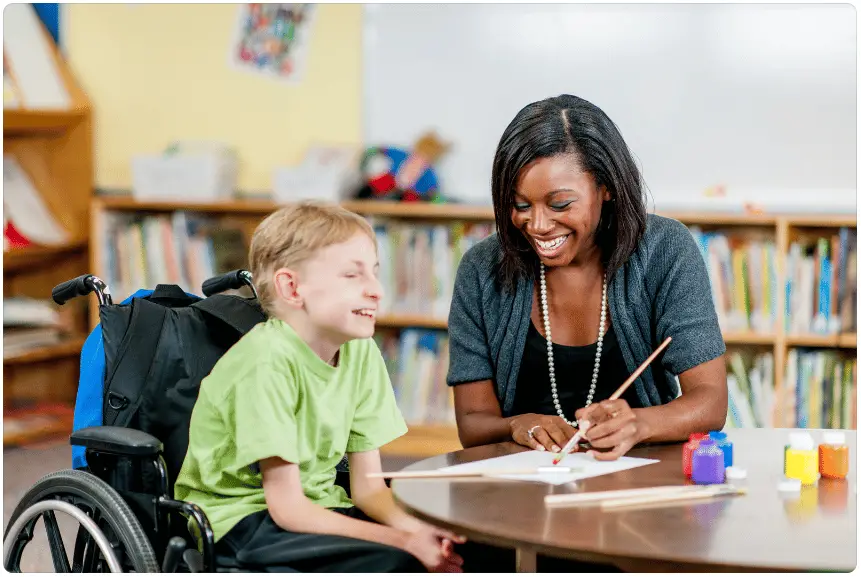
A student with a learning difficulty like dyslexia may find it extra challenging to access the information taught, especially if reading or writing is involved. What’s easy for the other students may pose an agonizing obstacle for a child with dyslexia.
Naturally, a student with a learning difficulty is likelier to appear as though they are not paying attention in class. The teacher must be mindful that this is not necessarily a reflection of the lesson or their teaching. However, steps should still be taken by the teacher and the school to ensure that the student receives the best possible support.
How To Get Students To Pay Attention in Class
Now that you know why students don’t pay attention in class, let’s look at what you can do to address the issue.
Here’s how to get students to pay attention in class:
- Minimize distractions.
- Make lessons fun.
- Make lessons relevant.
- Reward Participation.
- Targeted questioning.
- Give students extra responsibilities.
- Keep things fresh.
- Use technology.
- Brain breaks.
- Physical exercise.
- Work with the student and parent to improve sleeping schedule.
- Create a safe learning environment.
- Raise your concerns with the school counselor.
Each point below will include relevant examples and practical suggestions you can carry out in class to capture your students’ undivided attention. Let’s dive in.
Minimize Distractions
The classroom is a multi-sensory environment and can feel overwhelming at times. Most students have the awareness to sustain focus on what’s essential – the teacher’s instructions. However, some students are easily distracted by their surroundings.
You need to take action if you notice something or someone is causing a student to become distracted.
Students in your class will be curious about the things they see around them. If an object is nearby, they might be tempted to pick it up and play with it. In doing so, all their engagement is diverted to that item rather than paying attention to you. The object might be a book, stationery, part of your display – anything they can get their hands on. In this case, remove the items away from the student until they are required to use them.
If you are experiencing disruption in the form of students talking with each other when not permitted, implement a better thought-out seating arrangement. Separate the chattier students so they are not sitting near a close friend. For the students you need to keep an extra close eye on, have them seated closer to the teacher’s desk.
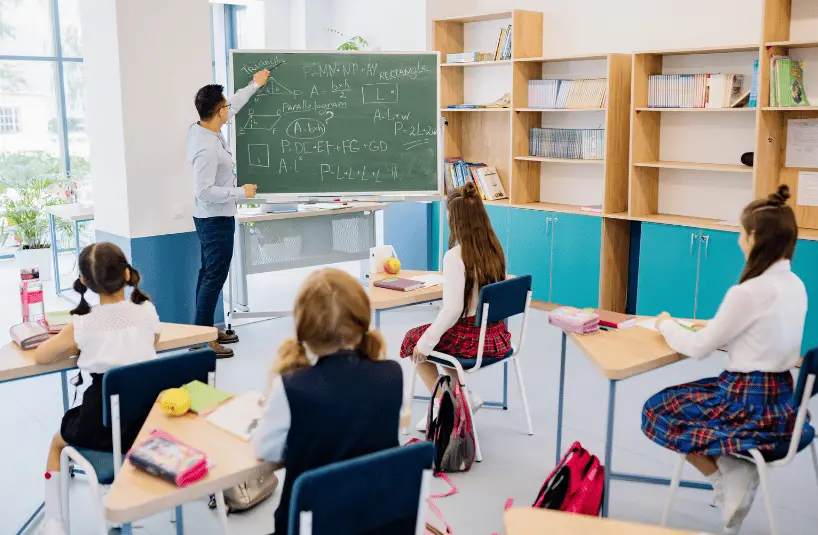
Similarly, position the furniture where the focal point is your teaching board. This involves having the tables and chairs facing the way you choose, so the students look in your direction by default.
Finally, be vigilant about who is sitting next to the windows. A student constantly turning to look outside at the slightest movement or sound is not the ideal candidate.
As you can see, there are simple changes you can make to minimize distractions so that students have fewer excuses to not pay attention.
Make Lessons Fun
Of all the reasons why students do not pay attention in class, the engagement level of the lesson is the easiest to address from a teacher’s perspective.
Although every student differs from their peers and tends to learn differently, a teacher can often gauge how enjoyable a lesson is. If you are unsure, simply ask your students for feedback.
Once you identify the style, methods, and projects your students like, incorporate them more into your teaching.
There are some specific ways of learning that my students adore, so I try to utilize them as much as possible. For example, scavenger hunt activities are a firm favorite. Hide questions around the playground or school where students must locate them before answering. The idea is simple and works with any subject, so why not give it a try?

Teaching through play is also an excellent way to increase engagement. Introducing educational games will capture the imagination – and attention – of all your students.
Depending on the game, the students can participate using their hands, bodies, pencils and papers, or voices, just as long as they are focused and listening.
A good teacher should always strive to make learning fun. Not only will this help with classroom management, but it is also good for student satisfaction and wellbeing.
Make Lessons Relevant
Another powerful way to ensure your lessons are engaging is by making them relevant.
The shared experiences of your students will likely be different from that of yours. Nonetheless, work hard to identify things they can relate to and include them in your lessons.
Start by finding out their interests. From music to TV, sports to books, get to know your students more than just academically.
Make pockets of time throughout the day where you are consciously attempting to learn more about your students. Ask them if they are part of any clubs or groups; inquire about what they did on the weekend; find out what foods they love and which ones they can’t stand.
Just as long as you don’t ask questions that are too personal or sensitive, your students will appreciate your efforts to get to know them better.
You can now make your teaching more personalized and relevant. For instance, instead of assigning generic math problems commonly found in textbooks, I would create new ones that feature my students’ names and light-hearted facts. Immediately, a boring math task becomes more appealing because the students can relate to seeing themselves included in the question.
Connecting their interests to writing activities is another excellent example of making lessons relevant. The teacher will still set out the learning objective and deliver the lesson as usual. But when it comes to the assignment, let them apply the learning to something that excites them.
If a student has a favorite sports team, let them write about that. If a student is enthusiastic about an upcoming trip, let them mention it in their work. As the teacher, you are still assessing their writing skills, so why not give them ownership of how they demonstrate those skills?
And finally, try to use real-life examples in your lessons. The things we study in math and science are all around us, so elaborate on what you teach with easy-to-grasp references.

Students often hear about news stories and try to make sense of what is happening where they live and around the world. Topical discussion in the media is another opportunity for teachers to make learning more relatable.
Remember, students will always be more motivated and engaged if they find the lesson relevant.
Reward Participation
Greater participation in lessons indicates that a student is paying attention, so you should encourage them to get more involved. Incentives are a highly effective way of influencing behavior.
Acknowledging and praising students who are meeting expectations will encourage them to continue on the right path. But this positive reinforcement will also inspire the ones who are not paying attention to be more reflective about their actions.
Verbal feedback is not the only incentive that can be used. Unsurprisingly, children respond remarkably well to physical rewards like prizes and treats.
Students trying hard to focus and participate more in lessons can earn rewards. You can keep track of this using stars or stickers. Alternatively, a tool that I would recommend is Class Dojo, where students can receive – and lose – dojo points for a number of agreed reasons. Almost always, we would include an expectation related to participating.
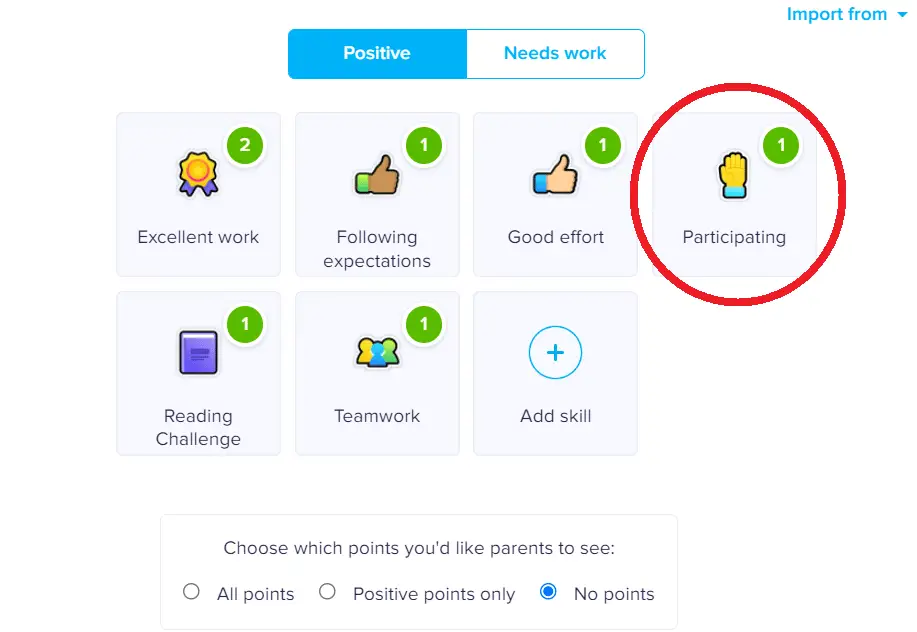
Once students earn a certain number of dojo points, they can receive a reward. For me, the students who have accumulated ten dojo points by the end of the week get to enjoy “free time.”
Targeted Questioning
Along with incentives, directing your questions to particular students can help boost their level of involvement.
Students can be reluctant to participate for several reasons. But often, they just need the right opportunity and some encouragement to contribute. Directing a question to a student in a non-threatening, reassuring manner can be just the confidence boost that student needs.
Make sure that your questioning is at the right level for the student. Asking them to respond to something too challenging may harm their morale.
If you suspect a student is not paying attention during the lesson, you can ask them to repeat or summarize your talking points. This is not to embarrass the student. Instead, it demonstrates the importance of remaining focused. Otherwise, crucial information will be missed.
Engaging with your students through questions and showing an interest in their thoughts will have positive impacts, especially when trying to sustain their attention.
Give Students Extra Responsibilities
For select students who find it challenging to pay attention in class, try giving them additional duties to redirect their focus into something productive.
For example, ask them to lead a Q&A session related to what the class has been learning. They can also be selected as the class spokesperson, making announcements and sharing the thoughts of the other class members.
If the student feels comfortable, get them to read out loud from the board or a book. They can even be a scribe, writing notes on the board as you teach.
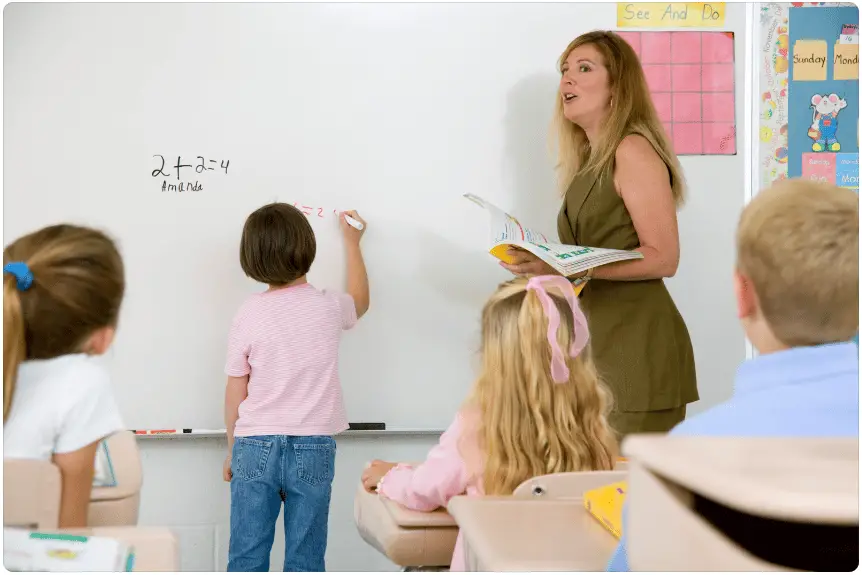
The emphasis is on getting the student to take a more active role in class. By assigning them an extra job, they will be more motivated to fulfill this responsibility. And if they want to rise to the challenge, they must start by being more attentive and focused.
Keep Things Fresh
Parents and teachers know that children need consistency in their lives. A reliable routine lets the child know what to expect and when to expect it. When an adult takes charge of structuring a child’s day – essentially governing them – the child can focus on other things like schoolwork and making friends. Routine and consistency, therefore, are essential.
Yet, on the other hand, doing things the same way each time can create a degree of apathy. The instinct to inquire, explore, and discover diminishes when students grow accustomed to procedures. To avoid this, you have to keep things fresh and exciting.
That is not to say that you must carry out drastic alterations. No. Instead, trivial changes to your practice should do the job.
Here are some suggestions:
- Walk around the classroom instead of just teaching from the front.
- Change the layout of the class.
- Invite a guest speaker to give a talk on a relevant topic.
- Introduce a new way of taking attendance in the morning.
- Teach the lesson outside.
- Get a class pet.
These are just some ideas that can give students a much-needed respite from their mundane routine.
Don’t be afraid to switch things up. Even small, subtle changes can be effective. The aim is to ignite some spark and interest among the class so that every child feels enthusiastic and engaged.
Use Technology
As technology advances, so does the way kids learn and apply themselves. Screens such as laptops or tablets can be stimulating learning tools, keeping students engaged and on task.

If the class has access to technological devices such as laptops or tablets, you should take advantage of the numerous tools and resources that can be found online.
I have often witnessed a child’s participation and enthusiasm in the lesson shoot up as soon as technology was introduced.
Using a device to enhance learning stimulates a child’s brain differently than how they might respond to verbal instructions from the teacher. The graphics, sounds, and gamification of online tools will capture the attention of any student.
Here are some tried and tested websites that my students give their undivided attention to:
- Kahoot.com
- Blooket.com
- Gimkit.com
- Prodigygame.com
We don’t want to create a dependency on turning to laptops and tablets just to get students to pay attention. But it is clear that using technology in class will increase engagement. As with most things that motivate students, the aim is to strike a balance.
Brain Breaks
It’s very common for students to start losing focus when the lesson has dragged on longer than their attention span. When you notice this happening, break the routine a brain break! These short, structured activities give children a brief rest from what they’re doing to help their brains shift focus.
Here are some tried and tested brain breaks that your students will love:
- 3, 6, 9 – students count to 10 in sequence, but when they get to the numbers 3, 6, and 9, they have to perform an action rather than say the number.
- Silent Ball – students pass a ball around without making a sound. If the ball is dropped or someone speaks, they are out. To make things more interesting, you can introduce challenges like students can only use one hand to catch and throw, hop on one leg while playing, etc.
- Simon Says – a classic game where students have to listen carefully and only perform commands that start with “Simon Says…”.
- Draw over your head – students put a whiteboard on their heads. The teacher mentions an object to draw, and students have to draw it as best they can… with the whiteboard planted on top of their heads.
Brain breaks have been proven to be an excellent way to recoup students’ focus and attention. The only downside is that students can’t get enough of them.
Physical Exercise
Sometimes, students are not paying attention because of pent-up energy. Just like with brain breaks, you can help students by taking a short pause and making time for some physical exercise!
Have your students stand up, shake, jump, run in place, or do any other fun and quick exercise they can carry out on the spot. This is a surefire way to entertain them, release that ball of energy inside, and keep them awake and focused for the rest of the class!
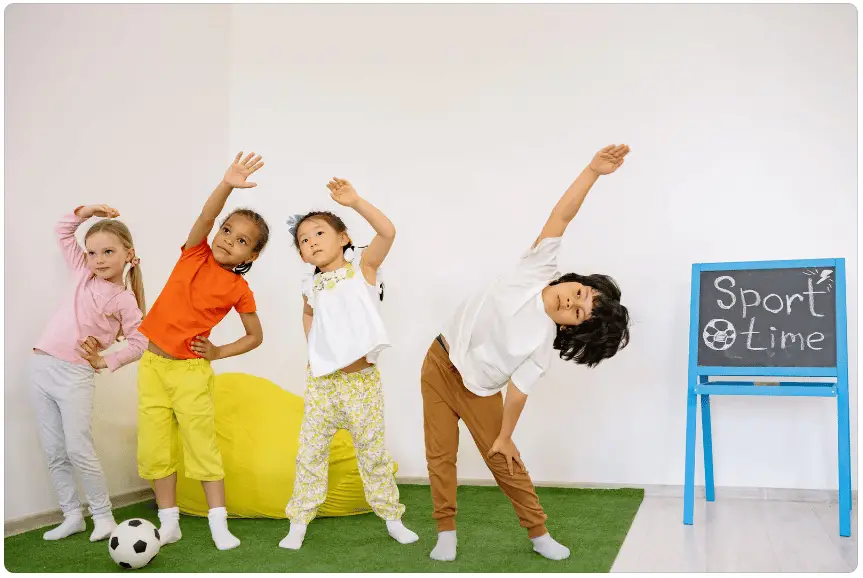
Again, a personal recommendation that makes carrying this out more manageable for us teachers is GoNoodle. With plenty of free dance, meditation, and exercise routines available online, your students will be regularly bugging you to put on a GoNoodle video.
Alternatively, you may want to bring your students out for a few minutes to get some fresh air and exercise.
Work With The Student and Parents To Improve Sleeping Schedule
I mentioned above the importance of sleep and how students who are not getting enough quality sleep will not be able to pay attention in class. As teachers, we don’t have direct control over students’ sleeping schedules, but that is not to say that there is nothing we can do.
If a student is coming to school tired, speak to them privately to find out why. If the reason is down to the student’s sleeping patterns, try to educate them on the importance of sleep. Show them a video explaining the science behind the function of sleep, so they gain a deeper understanding.
In the end, create an action plan with the student with realistic aims on how to improve their sleeping schedule. For example, setting a reminder to go to bed at a reasonable time or no screen time 1 hour before bed.
Follow up on your discussions with the student over the course of a few days or weeks. They can even keep track of their progress using a sleep journal, where they record the time and quality of their sleep every night.
Finally, if you notice that the student is still struggling to regulate their sleep, you might want to arrange a meeting with their parents. You can recap the same steps with them and show the parents the discussed action plan. The goal is that now the parents can help monitor and reinforce the steps needed to improve the student’s sleep schedule.
Create a Safe Learning Environment
Creating a safe and positive learning environment is paramount for the development and well-being of everyone in the class. To achieve this, here are some points to keep in mind:
- Everyone must communicate respectfully and encouragingly.
- Have zero tolerance for demeaning behavior.
- Understand different backgrounds and views.
- Provide plenty of opportunities for students to share their thoughts.
- Celebrate achievements.
When students feel respected and valued, they will enjoy being at school and look forward to participating as best as they can in class. They will contribute more to class discussions, try harder with assignments, and of course, pay more attention to the learning taking place.
The importance of creating a positive learning environment for students cannot be stressed enough. For more information, listen to Dr. Linda Darling-Hammond explain this further in the video below:
Students need to be motivated to pay attention in class. If they have concerns or anxieties, their attention span will be adversely affected, thus, impacting their grades. Both teachers and parents need to play an active role in helping students stay happy and interested in school.
Raise Your Concerns With the School Counselor
The teacher is responsible for the well-being and development of all the students in their class. They should be prepared to put in place strategies and take action to cater to the individual needs of each student, and in most cases, they already do this with the best intentions.
Sometimes, however, a second opinion or a better-informed judgment is necessary.
For students experiencing emotional issues related to anxiety or personal problems, a trained and experienced professional can provide the best support.
If a child psychiatrist or a school counselor is hired by your school, raise your concerns with them early on. That way, you can get the ball rolling on helping the student as quickly as possible.
The process will often start with an initial meeting between the teacher and the counselor. Here, the counselor will likely provide suggestions for the teacher to implement and monitor in class over time.
If the student is still showing signs of emotional concern, the counselor will likely come into class to observe the student in the classroom environment. Then, the counselor will work more closely with the student, maybe on a daily or weekly basis.
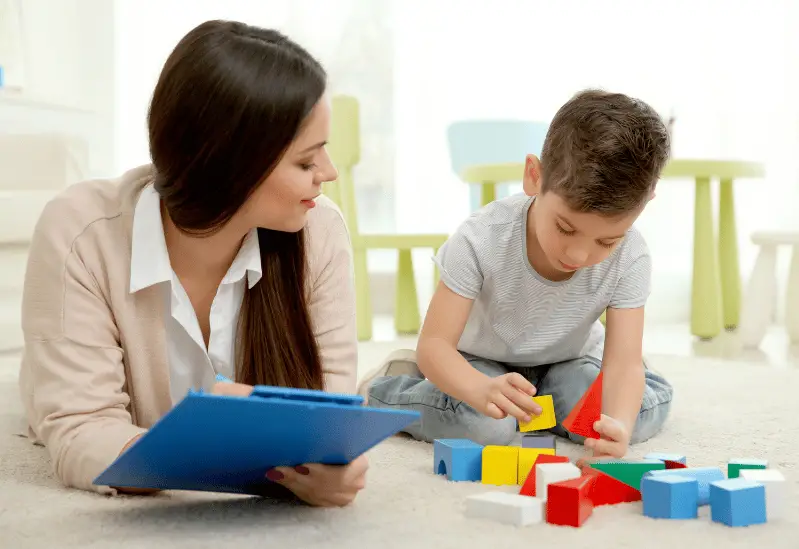
Besides meeting the student regularly, the counselor will also check in with the teacher to update and discuss any progress.
The student’s parents will also be informed about the concerns raised and the actions taken by both teacher and counselor.
Finally, most schools will have a system for documenting such cases. The information stays on file and will be accessible to all relevant parties as the student progresses through school.
The points mentioned also apply to a student who has been or is suspected of having a special educational needs diagnosis.
Having worked in many different schools, these were often the steps and procedures followed when a teacher raised concerns regarding the lack of attention shown by a student. However, each school will likely have its own protocol, so it’s wise to familiarize yourself with what to do.
Final Thoughts
A student not paying attention in class can be immensely frustrating for a teacher. But understanding the possible reasons why the student is disengaged puts you in a better position to deal with the problem.
If you prioritize making your lessons as engaging as possible and also work on creating a safe learning environment, you stand an excellent chance of having the majority of your students paying attention in class.
Sources
- StrengthsAsia: 4 Reasons Students Don’t Pay Attention In Class – Why & How
- Faulty Focus: Why Can’t Students Just Pay Attention?
- Teen Ink: Reasons Students Don’t Pay Attention In School
- Resilient Educator: Five Methods for Addressing a Child Not Paying Attention
- YouTube: Study Skills: The Importance of Sleep For Memory and Focus
- YouTube: Edutopia: Creating a Positive Learning Environment
- Mayo Clinic: Dyslexia – Symptoms and causes
- The Centre for Critical and Creative Thinking: Why a Fear of Failure Stops Students From Learning
- Twinkl: SEN and SEND
- GoNoodle

